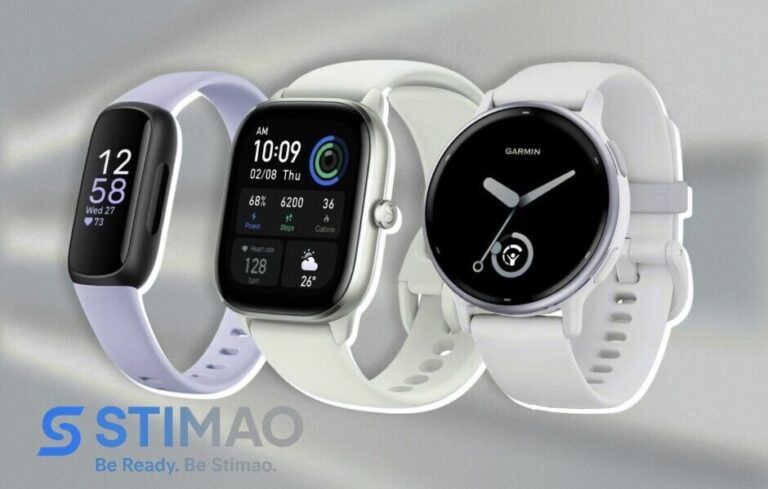
Fitness equipment safety involves understanding and implementing measures to prevent accidents while using gym equipment. It’s all about being prepared and informed to protect yourself as you get fit.
Before even stepping on a treadmill or lifting a dumbbell, it’s important to inspect the equipment thoroughly. Look for any visible signs of wear and tear—frayed cables, rust, or any unusual noises—that might indicate a problem.
One of your best allies in staying safe is those little instruction manuals we often overlook. They lay out safety features and usage instructions that are crucial for preventing misuse. Taking a few moments to review them can make a huge difference.
Before you start pumping iron or striving for those cardio goals, give your equipment a quick check. Even if everything looks good at first glance, tiny issues can add up, leading to unwanted surprises.
Regular maintenance is key. Not just big overhauls—simple things like wiping down machines to remove dust or checking that all nuts and bolts are tight can extend the life of your equipment and prevent accidents.
Choose equipment that fits your space and your fitness level. For example, if the latest elliptical seems like a spaceship to you, maybe go for that trusty exercise bike instead. It’s all about picking what’s right for you to make your workouts effective and safe.
Exercising at Home: Essential Safety Precautions
Setting up your workout zone is all about space and simplicity. It should be clear of clutter like toys or loose rugs that could trip you up mid-routine. Proper lighting and ventilation are also key to creating an inviting place to break a sweat.
What you wear counts more than you might think. Those snug gym shoes can be lifesavers, offering support and preventing slips. Your clothes should allow freedom of movement but not be so loose that they get caught in equipment.
Each piece of gym equipment has its techniques. Whether it’s the right form for lifting or setting the correct resistance on your bike, knowing how to use equipment properly minimizes injury risks. Instructional videos or tutorials can be a big help here.
Warm-ups and cool-downs aren’t optional if you’re aiming for safe and effective workouts. They’re essential to prevent injuries. Think simple stretches and light cardio before you amp it up, with some relaxing cooldowns to follow your main set.
Staying hydrated keeps you going strong while exercising. Pay attention to your body’s signals—a light-headed feeling or excessive fatigue can be signs it’s time to take a breather.
Often overlooked is the safety factor of having kids or pets around while you work out. It’s advisable to keep them at a safe distance to avoid unexpected interruptions or accidents.





